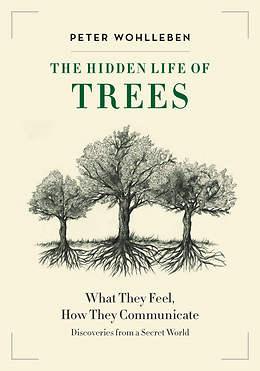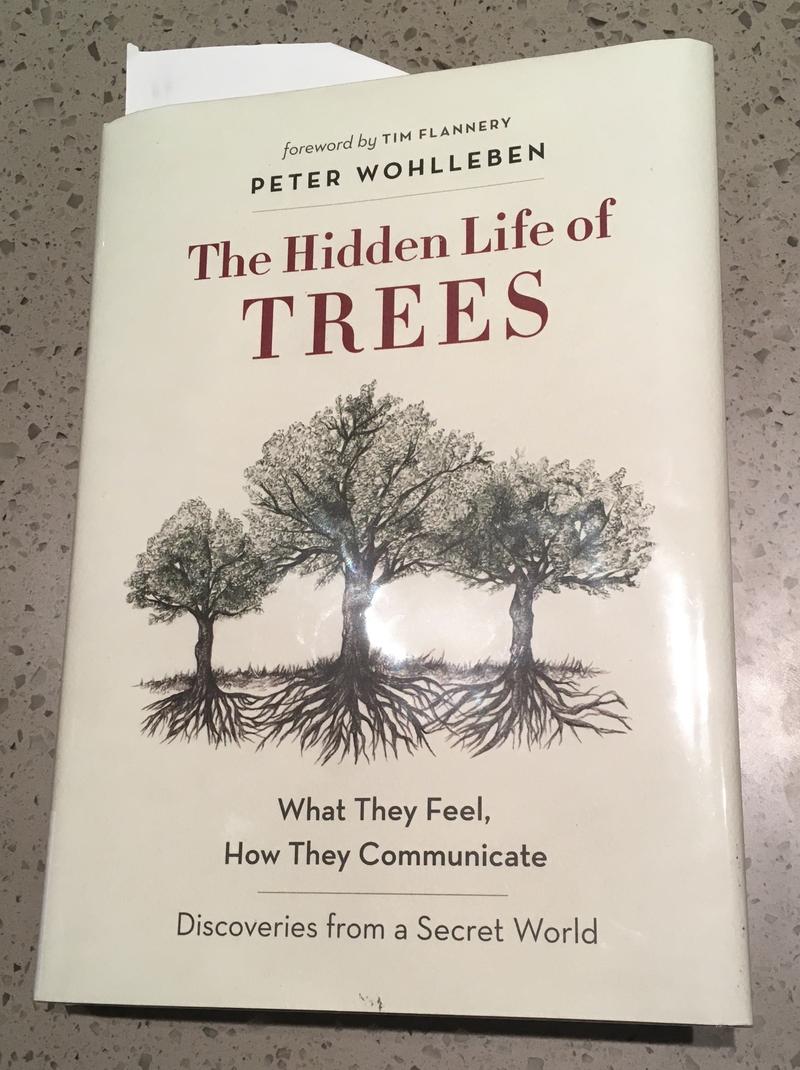

"Mother" trees will "suckle" their "children" growing at the base of their matriarch's roots by sending extra nutrients to help them grow a stand of three oak trees will choose different times at which to drop their leaves for the winter, based on how "sensible" they are plants communicate through root systems connected by fungal mycelial networks collectively termed the "Wood-Wide Web." A spruce in the middle of a desolate plain in Sweden, dubbed Old Tjikko, is estimated to be more than 9,000 years old. This is the way Wohlleben tends to fashion his descriptions of what he sees in the woods: not with the sterility of a scientist but with a sense of familiarity and kinship with the world around him.


How else would you describe two living beings who seem to be intentionally helping each other? He sheepishly amends "couple" to "group," a more unromantic, non-emotional term that biologists tend to prefer (it's generally unwise to ascribe human-like traits to non-humans), before saying again that he prefers his previous word. "These trees are a couple," Wohlleben explains to a tour group early in the film, gesturing at the twin crowns of two enormous trees that look as if they're branching away from each other, so as not to block out their companion's sunlight. Wohlleben and his first book are the subjects of Jörg Adolph's documentary The Hidden Life of Trees, out in theaters now, which follows Wohlleben and his efforts to educate his audiences about the richness of life found in the most unexpected of places. But Wohlleben, through his work managing a forest in western Germany, has come to understand the woods as more of a superorganism, constantly trading information, nutrients, and generational traits between its sylvan members, an infinite web of connections that humans are only now beginning to understand. We don't think of trees as feeling sensations, or smelling, or hearing, or experiencing emotion-and why would we? They basically just stand around, dropping their greenery once a year and growing back again a little bit lusher, a little bit taller a few months later. If you're hip to what the conservationists and ecologists and nature documentarians of the world have been chatting about these days, or if you simply think plants are kinda interesting, you've probably heard of Peter Wohlleben's The Hidden Life of Trees: What They Feel, How They Communicate, the international bestseller that acts both as a naturalist's handbook of German forestry, and an exhilarating and illuminating body of knowledge about some of nature's oldest and deceptively complex organisms.


 0 kommentar(er)
0 kommentar(er)
